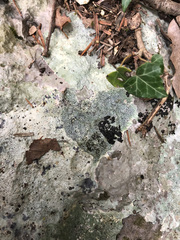Paramyrothecium roridum

Paramyrothecium roridum is a species of fungus belonging to the Ascomycota division. It falls within the Hypocreales order, which includes several other genera and species known for their ecological importance and diverse lifestyles. This fungus is often found in soil and on decaying plant material, where it plays a role in the decomposition process, helping to recycle nutrients back into the ecosystem.
Paramyrothecium roridum can be identified by its characteristic features, which are typical of many fungi found in similar habitats. Below are some of its main features:
- Habitat: Often found in soil and on decaying organic matter. It thrives in environments where it can decompose plant debris, contributing to nutrient cycling.
- Appearance: This fungus may present as small growths that can be difficult to spot with the naked eye, often requiring magnification to observe distinctive microscopic features.
- Ecological Role: As a saprotrophic fungus, it plays a crucial role in breaking down complex organic substances, thus maintaining ecosystem nutrient balance.
- Distribution: While specific information about its distribution in the Comunidad Valenciana may be limited, similar fungi are widespread and can be found in various temperate regions.
- Scientific Importance: Studying Paramyrothecium roridum contributes to understanding fungal biodiversity and the ecological dynamics within soil ecosystems.
In the Comunidad Valenciana, the presence of such fungi is essential to sustaining healthy soil environments and supporting local flora. Their occurrence helps ensure that plant matter is efficiently recycled, maintaining robust natural habitats throughout the region.






